#italianfresco
Photo
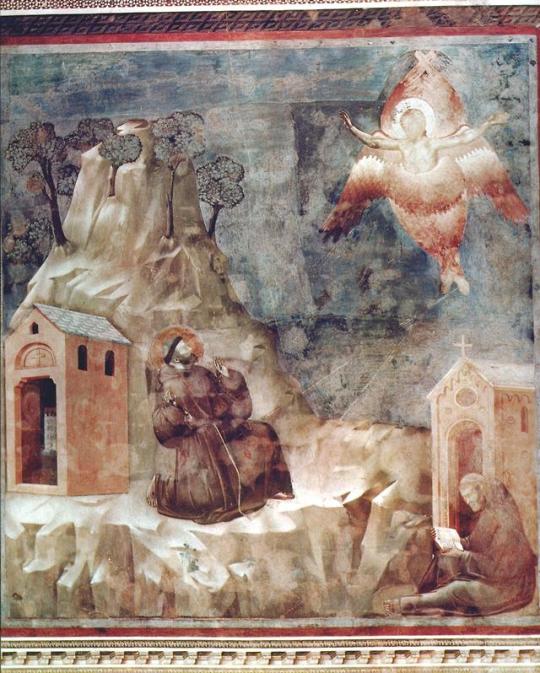
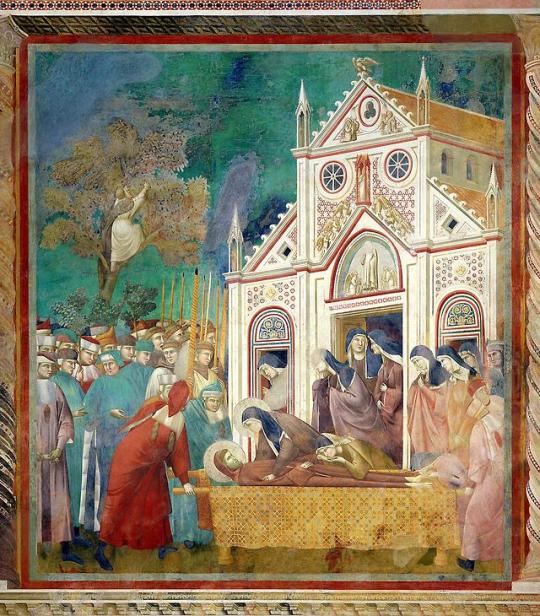
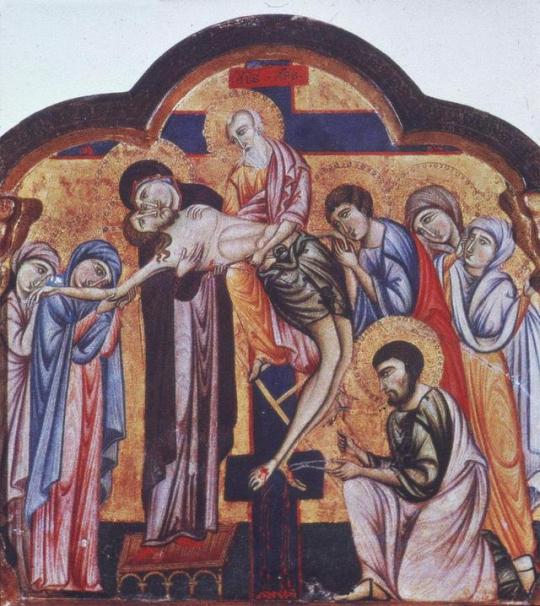

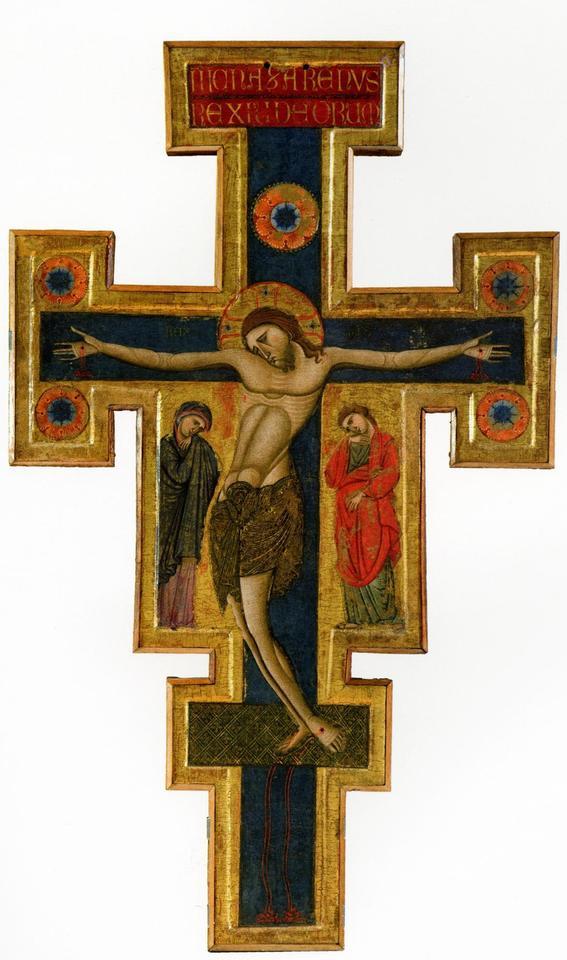
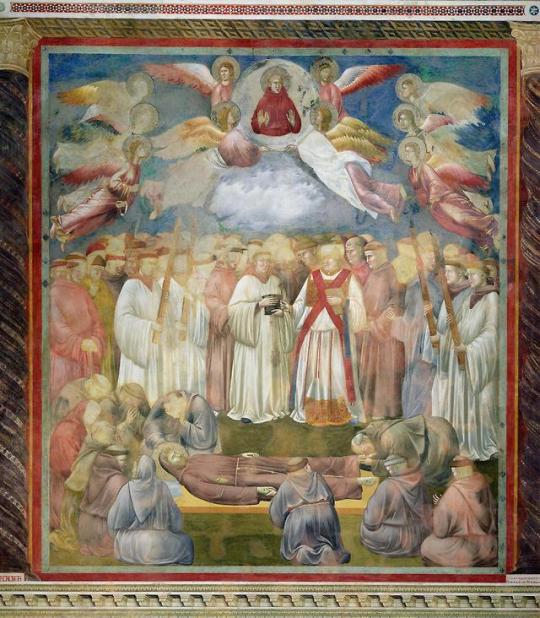
by Rachel Hiser Remmes
In the thirteenth century, additional scenes and notable alterations were made to the iconography of Jesus’ Passion narrative, which had hitherto been fairly standard in the medieval world; stylistic variations had been the greatest discrepancy between various cycles. Adjustments to The Betrayal, The Trial, The Mocking, and The Way to Calvary and the inclusion of the nascent images, The Stripping of Clothes and The Ascent Up the Cross, were added to artworks associated with the newly-established Franciscan Order around 1240. These alterations became commonplace in frescoes, altarpieces, and historiated crosses commissioned for Franciscan and Clarisan houses and illustrated Christ as emblematic of the core Franciscan values of humility, poverty, and a willingness to die for the faith. For instance, in these scenes, Jesus was depicted as weak and susceptible in settings where he had previously been shown to exhibit a stoic response to the events of his Passion. Such subtle characterizations became standard in all images and continued to promote the fundamental message of the redemption that Jesus gained through his death and resurrection, yet they altered Jesus’ response, emphasizing his frail human nature.
This emotive portrayal paralleled burgeoning Franciscan thought in duecento Italy and influenced contemporaneous artworks. Specifically, scenes in the Upper Church of the Basilica di San Francesco in Assisi, attributed to Giotto and his workshop, narrate The Legend of St. Francis. Their proximal location - the second bay in the southern nave wall is one example - and compositional resemblance to scenes from Jesus’ life link them inextricably to the events and sentiments of the New Testament narrative, but most specifically, Jesus’ Passion. The Stigmatization of St. Francis and St. Clare Embracing the Body of St. Francis at the Convent of San Damiano are two poignant examples, recalling the Crucifixion and the Virgin Mary’s lamentation.
Further Reading: Anne Derbes, Picturing the Passion in Late Medieval Italy, Narrative Painting, Franciscan Ideologies, and the Levant (New York, NY: Cambridge University Press, 1996).
Giotto (attributed to), The Stigmatization, Upper Church, Basilica di San Francesco, Assisi, 1295-99, fresco.
Giotto (attributed to), St. Clare Embracing the Body of St. Francis at the Convent of San Damiano, Upper Church, Basilica di San Francesco, Assisi, 1295-99, fresco.
Master of Saint Francis, Deposition from the Cross, 13th century.
Upper Church, Basilica di San Francesco, Assisi, 1228-1253.
Southern wall, 2nd bay, nave, Upper Church, Basilica di San Francesco, Assisi, 1228-1253/1295-99, fresco.
Master of Saint Francis of Assisi, Bi-faced Processional Cross, 1275-1280, tempera on panel.
Giotto (attributed to), The Death of St. Francis, Upper Church, Basilica di San Francesco, Assisi, 1295-99, fresco.
#rachelhiserremmes#stfrancis#giotto#gothicitaly#assisi#legendofstfrancis#stclareofassisi#passionnarrative#passioncycle#medievalitaly#fresco#italianfresco
23 notes
·
View notes
Photo

Their Pop History wallpaper system designed for NLXL combines rococo architectural details with the graphical language of comic inspired pop art (alla Lichtenstein). Close up, the image is made from an arrangement of thousands of simple circular dots, and from a distance the illusion of a grand Versaillesque palace becomes clear. The 3 decorative elements, a panel, a column, and space, can be combined in any order to best suit the interior layout and wall dimensions.
More info on the Pop History modular wallpaper for NLXL here: https://www.nlxl.com/yob-01-pop-history-wallpaper-by-young-battaglia
0 notes
Photo
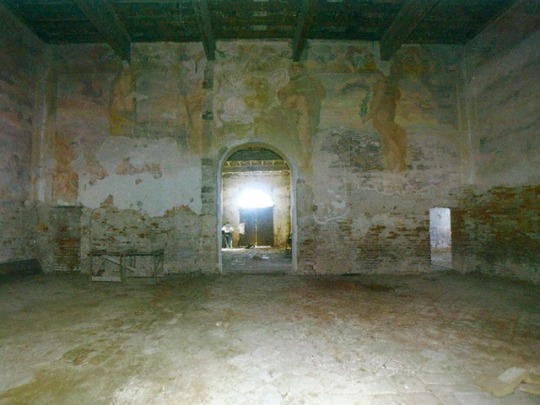
The school of Giulio Romano. Renaissence fresco at Villa Galvagnina
1 note
·
View note
Photo

#taller #italianfrescoes #theageofgiotto (en Lima, Peru) https://www.instagram.com/p/CYaHUNXLq7K/?utm_medium=tumblr
0 notes
Photo
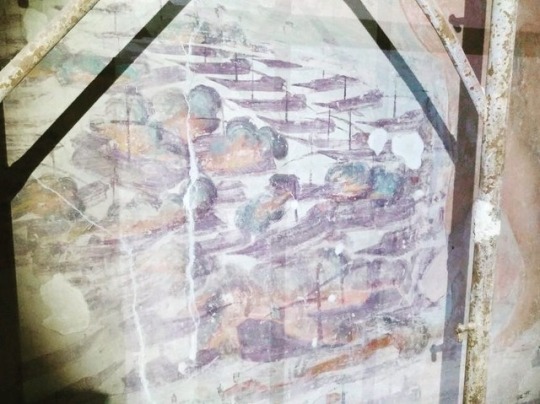
#savegalvagnina #lepantobattle #battagliadilepanto #italianart #italianfresco #saveart #helpthearts
0 notes
Photo






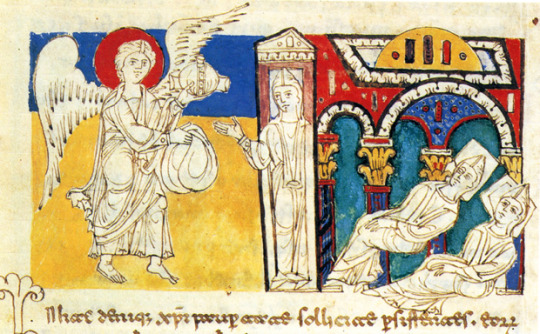

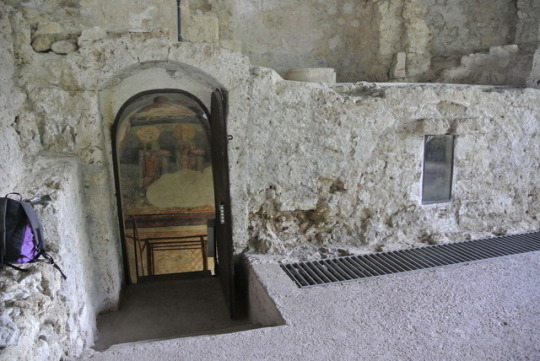
by Rachel Hiser Remmes
San Vincenzo al Volturno is home to an eighth-century Benedictine monastery located in the Province of Isernia. The story of the monastery’s founding and subsequent social and political involvements were chronicled in a manuscript, formally referred to as the Chronicon Vulturnense (BAV, Rome, MS Barb. Lat. 2724), by a monk named John in 1130. The chronicle attempts to tell the story of the site, while bringing added glory to the monastery’s continued, and generally prosperous, history.
The founding story claims that three Beneventan nobles set out to live an ascetic life and were sent by the abbot of Farfa Abbey, Tommaso di Morienne, to found a cenobio near the oratory of San Vincenzo in Southern Italy, which was claimed to have been commissioned by Emperor Constantine. Subsequently, over the centuries the monastery grew to become an impressive presence in the south, reaching its heyday in the ninth century, when it housed over 350 monks within numerous complexes. Most of the extant frescoes still in-situ date to this time, during which the monastery was expanding and renovating. The richly-hued frescoes survive in two crypts at the site - The Crypt of Joshua and The Epiphany Crypt.
The site remained active late into the middle ages and is now home to Benedictine nuns. Archeological excavations have been continually underway at the site since the 1970s and many of the findings can be found in reports listed on the monastery’s website.
http://www.sanvincenzoalvolturno.it/index.htm
Epiphany Crypt, San Vincenzo al Volturno, 9th century, fresco.
Chronicon Vulturnense, BAV, Rome, MS Barb. Lat. 2724, 81v, ink on parchment.
Monastery San Vincenzo al Volturno, eighth century.
Martyrdom of St. Lorenzo, Epiphany Crypt, 9th century, fresco.
Crucifixion, Epiphany Crypt, 9th century, fresco.
Chronicon Vulturnense, BAV, Rome, MS Barb. Lat. 2724, 37r, ink on parchment.
Reconstruction of San Vincenzo al Volturno.
25 notes
·
View notes
Photo

#savegalvagnina #italianfresco #saveart #details #preciuosdetails #salvarelarte #italianmannerism
0 notes
Photo

#italianart #rossoantico #grottesche #savegalvagnina #helpforarts #saveart #italianfresco
0 notes
Photo

#helpforarts #saveart #italianfresco #savegalvagnina #italianart #italianpride #italianrenaissance
0 notes
Photo

#italianfresco #saveart #savegalvagnina #helpforarts #italianart #italianrenaissance
0 notes
Photo

A new day and a new life for #savegalvagnina from past to future #helpforarts #saveart #italianfresco #italianmannerism #italianart
0 notes
Photo

#savegalvagnina and frescoes grotesque #grotesque #italianfresco #italianart #giulioromano #italianrenaissance #italianmannerism
0 notes